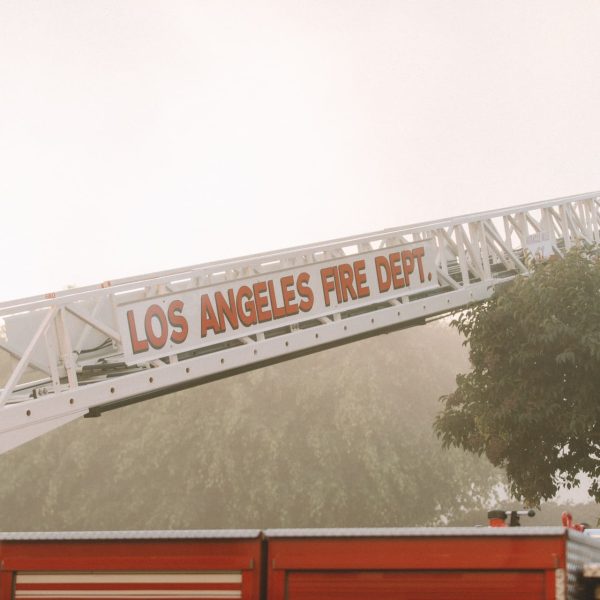In the dynamic world of firefighting, where the scope of responsibilities is significant, staying prepared means that “every day is a training day.” There is no shortage of topics to train on and it is important that a department’s training plan be a product of an intentional and thoughtful planning process. Individual and organization readiness depends on the training program which impacts operational effectiveness and the safety of the community. Let’s unpack the art of crafting and conducting an effective drillground training session.

